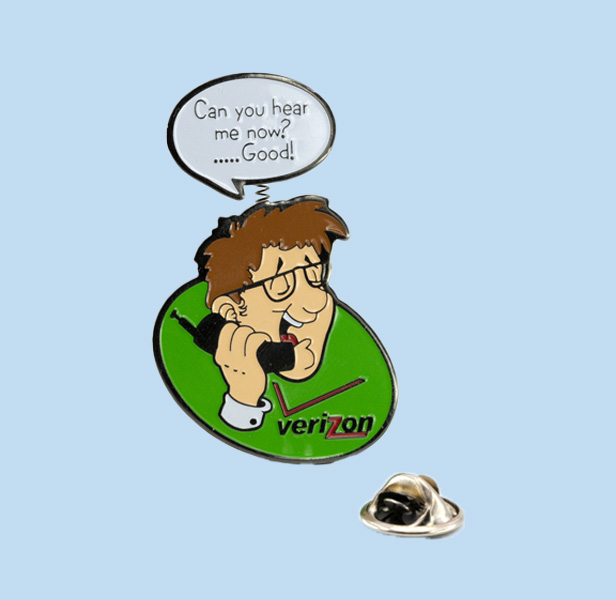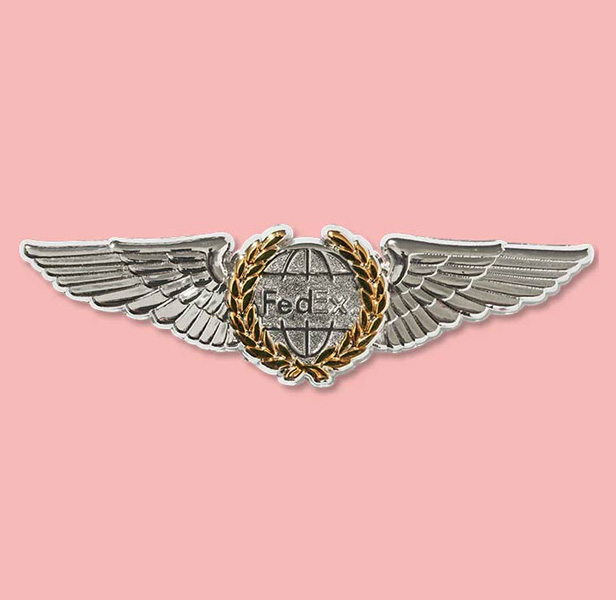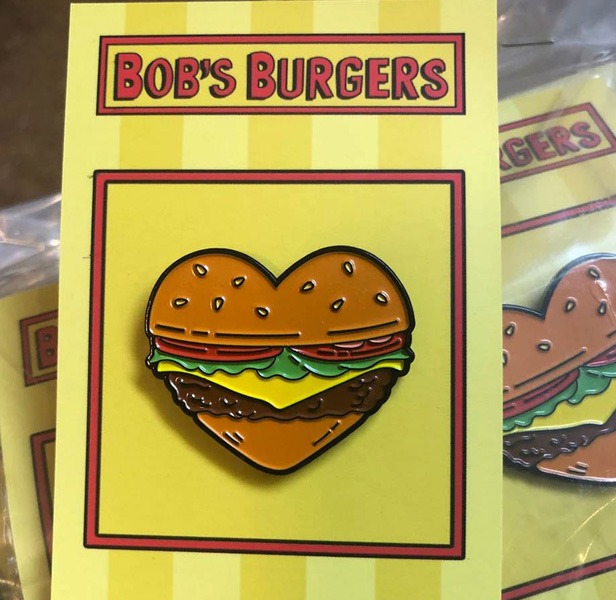Product Hub August 13, 2024
Why Collectible – and Tradeable – Pins Are So Coveted
From the recently concluded Olympics to Comic-Con, pins have a unique promotional power to capture moments and preserve memories.
There is more to pins than just promo power, experts say: They have identities.
“People keep pins longer; they generate more good will,” says Tom Farrell, director of marketing for EMT (asi/52263). “They have more meaning.”
Over a long career serving as a postman and a fireman, Farrell’s father collected pins he received as awards commemorating his work. When he passed away in 2018, the Farrells discovered them in his jewelry box. The pins preserved his passions.
“Those things meant something to him. He didn’t just get a pin and put it in a glove box,” Farrell says. “It’s something that he kept all those years and had some impact.”

Tom Farrell, director of marketing at EMT (asi/52263), says pins are a meaningful promotional product with longevity.
Pins are transactional, unconditionally designable and have cultural significance. Whether they represent membership, an honor or are just a novelty, trading pins is a unique tradition that prevails across the world.
Pins at the Olympics date back further than most of the sports played in today’s games.
Athletes wore small carboard tokens back in the first modern Olympic games in 1896 Athens. Pins’ collectability expanded at the 1984 Los Angeles games when they were distributed to sponsors, media and mascots in addition to the competitors.
Now, the pin trading phenomenon reaches all corners of the Olympics. Every country, every sport, every team, everyone – even Snoop Dogg – had a pin at the Summer Games in Paris.
Coco Gauff's got the @SnoopDogg #Olympics pin 🤩#Paris2024 | #tennis pic.twitter.com/W6zRDFoeae
— ITF (@ITFTennis) July 29, 2024
Videos flooded social media of athletes from around the world exchanging pins in Paris. Team USA basketball player Stephen Curry went viral in his collecting pursuit.
Tommy Romero, partner at family-owned Pin Machine (asi/78133), says he can remember collecting Olympic pins when he was 10 years old, adding that pins can capture history and emotion because of their scale of design.
“When it comes to pin design, a lot of people are quite surprised how much detail and variety you can get from a finishing standpoint,” Romero says.
Countries memorialize different aspects of their cultures and the site of the Olympics through their pins. Jamaican athlete Romaine Beckford showed off the design diversity in his collection from this year’s games: China’s pins had a panda, Ireland’s had a shamrock, Gambia’s even had a light at the top of a miniature Eiffel Tower.
The pin trading in the Olympic Village is FOR REAL. @RazorbackTF Romaine Beckford has himself quite the collection. #WPS #Paris2024 #AlyssainParis #Nexstar pic.twitter.com/tanQS3tICF
— Alyssa Orange (@AlyssaOrange) August 1, 2024
The tradition of pin trading is not exclusive to the Olympics, though.
Some college football teams get pins made featuring their opponents and mascot for every game of a season. Corporations like Apple and Disney give out pins to employees who work on specific projects or fill certain roles. Producers and fans make pins showing off their favorite movies or television shows, trading at conventions like Comic-Con.

Pins are versatile in the way they can be designed, says Tommy Romero, partner at Pin Machine (asi/78133).
Romero says a pin is an easy item to collect and preserve, one of the reasons it’s popular to trade: “It’s small, it doesn’t take up a lot of space, it’s going to last as long as you treat it well,” he says.
Pins can be physical embodiments of the things people love or represent, says Greg Kerr, CEO of Queen Creek, AZ-based distributor Alchemy Merch (asi/116320). They can reflect how someone is feeling, what they’re thinking about and who they are: “It’s just really easy to put some quick identifier for somebody that lets them show their personality and stand out a little bit,” Kerr says.

Alchemy Merch (asi/116320) has created pins for a variety of customers, including popular television shows.
Alchemy has made pins for clients from many industries: from small Etsy businesses, TV shows like RuPaul’s Drag Race and Bob’s Burgers to corporations like Nike and Sony.
Compared to other promotional products, pins are unique in their freedom of expression: Pins can mean more than just a logo, he says.
“They’re little walking pieces of art.”

Product Hub
Find the latest in quality products, must-know trends and fresh ideas for upcoming end-buyer campaigns.
